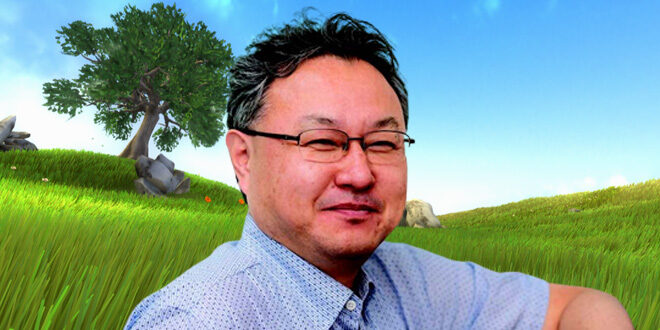Vince Pavey went to EGX 2022, and had the chance to sit down with Shuhei Yoshida to talk about all things indie at PlayStation.
So you’re currently head of the independent developer initiative at Sony Interactive Entertainment. What does your day to day in the role typically involve?
I report to Jim Ryan, and do work with all of the departments in the company who help indie developers and publishers. This includes the third party relations team, who are the interface to the indie developers and publishers day to day. They get the latest from the publishers, including pitches for new games they’re working on, and they get the games in development, which they share with me, and I get to play them and give feedback. I also work with other teams like our social teams, and store teams and marketing teams who can help promote the indie titles. So that’s my day to day. When I’m not visiting events. I was at gamescom, PAX West, TGS, and now EGX today. So four events in four weeks. It’s a lot of travel, but I really, really enjoy visiting these events and meeting with developers and publishers.
I also get to discuss what games we should feature on the PlayStation Store. We have a very popular store collection called Monthly Picks. So every month, the store team and TPR team and I discuss things, looking at all of the releases in previous months, and we select 20 games to feature. It’s a really fun process. Something like that is very important for us too, because there’s so many games coming out every month. We curate the best games and showcase them to the fans, so that they have an easier time to find the great games on PlayStation. At the same time, we want to make sure that when publishers and developers make games on PlayStation, they are all successful. So I spend lots of time doing that.
Yeah, I’ve also seen you tweet about indie games that you’ve been playing on handheld PCs as you travel around. I bought The Solitaire Conspiracy because you were playing it.
Yeah! Oh, another thing. Every day I wake up, I check the news on the internet and Twitter, and when I find something interesting, a new announcement by indie developers or publishers, or some announcements from ourselves in our social channels, I tweet and try to help propagate the news.
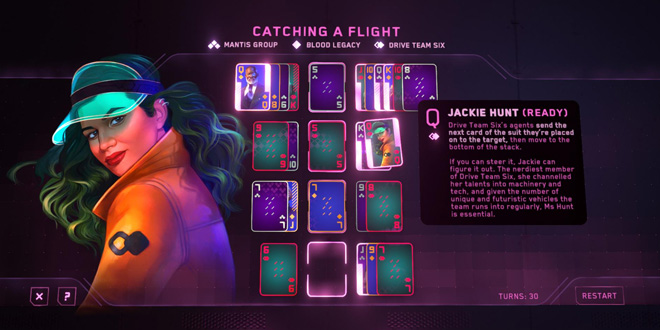
So what do you do when you partner with an indie developer? What do you do to support them? Do you offer design notes, or is it like a funding and marketing relationship?
Yeah, all kinds of support. There are a small number of games we as a company partner with, and sometimes you’ll see some games have some kind of exclusivity on PlayStation. Then in most cases we help strike a deal with the publisher or the developer when the game is self-publishing so that we provide the space in our shows like State of Play or Indie Showcase, sometimes PlayStation Showcase – or on the storefront when the game is coming out, to make sure that we get enough eyeballs on the games that we partner with. But there are many other games – high quality games – coming out, that we do not necessarily have a special partnership arrangement with. We always look out for those games and try to find a way to help promote those titles through different channels that we have, including store collections.
So do you have specific tools and processes in place to support your relationship with indies?
Well, we have large groups called the account management team and the third party relations team, and they have the day to day interface. They have a finite number of developers they are able to talk with and there are hundreds and sometimes thousands of developers. So when we cannot have a human person to have daily contact, we try to provide an easy way for the smaller developers to be able to send in their news or new marketing materials to our platform, so that each team can take a look at the submissions and find great news or great pieces to put on our channels. There are a lot of improvements we want to provide in this process, and we are working on new systems and new ways to process things. But day by day, there are people inside PlayStation who are looking at submissions.
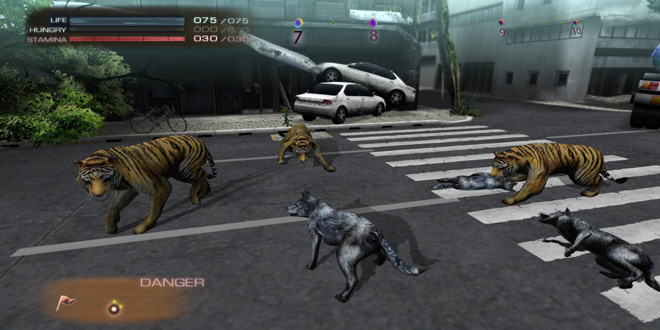
Okay. So on PlayStation 3 – I know that was a while back – one of the things I most enjoyed was smaller experimental titles like Fat Princess or Tokyo Jungle. Do you think indies have more or less picked up the torch now as Sony focuses on bigger cinematic experiences?
Absolutely. Yeah. So when I look back, because I joined PlayStation at the very beginning, during the PlayStation 1 days, almost everyone was like the indies in terms of scale and team size. Like the Crash Bandicoot games that I was part of the production team on. That was, like eight people. When the team is small, the creator’s ideas come through to the final product. So there are many interesting games that came out during the PlayStation 1 generation. So, we’ve been a huge fan of these interesting ideas. Like Tokyo Jungle. It’s such a strange idea, but it was a really fun game. That was definitely an indie title that Crispy’s created. They were a very small team of three or four people. Because they were so small and new, we added our own development resources to try to help the creators’ ideas to become the real product. So we have many projects like that. Like Thatgamecompany had, Flow, Flower and Journey and because of the launch of PlayStation Network with PlayStation 3, it was a new marketplace. We needed to provide products on the marketplace storefront, so we decided that instead of putting up classics and arcade games to the store, that’s something third party companies would do.
We decided as first party to invest in original, small, digital only games. However, while we were doing it, the big indie boom happened. There are so many quality games created by the indie community, so we felt that we couldn’t compete. There are so many great games. So we shifted our resources from a first party standpoint, from funding small digital games, but we totally believe that new creative ideas are coming from everywhere. With the advancement of tools like Unity and Unreal Engine and global digital distribution. On Steam or Epic Store, PlayStation, Xbox, Nintendo Switch and mobile. Anyone, like even high school students in Africa, can download these toolsets and make games that are distributed globally. So there are many more creative people making games and publishing and releasing different games from different backgrounds. I’m a huge fan of games made in these countries, like Southeast Asia, or Latin America or the Middle East; that have a very unique, interesting art style, or story based on the mythology from that region, or music, or even food that’s in the games, presenting a diversity of voices from around the world. Now we present it in video game form, which I enjoy very much.
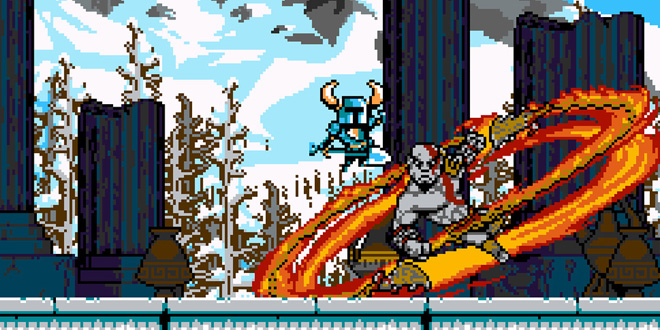
Nintendo teamed up with the Crypt of the NecroDancer team, and let them work with Zelda, and they made Cadence of Hyrule together. Do you think Sony might eventually start teaming up with indie developers like that?
So in my current role, I am not a part of the PlayStation Studios first party team. However, the third party relations team do have a day to day relationship with indie developers. Sometimes they get a proposal or a request to work with a first party team. So in that case, myself or other third party relations account managers take the proposal to PlayStation Studios. So it’s up to the PlayStation Studios team to embark on this. There are many collaborations in terms of IP collaborations, like some first party characters will show up in other companies’ games, so something like that is already happening. Yeah, it’s a very interesting idea. That’s something unique that PlayStation can offer to the indie community.
Like the exclusive Kratos cameo in Shovel Knight.
Yes! My personal favourite is Super Time Force. They put me in the game as a character!
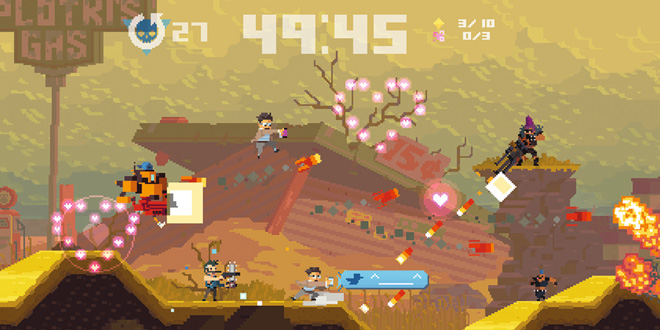
So you were president of Sony Interactive Worldwide Studio. How is the scope different with indies? Is it bigger? You’re obviously dealing with a lot more developers?
Well, yeah. So, when I was managing first party studios … we had big teams making big games. So that was really exciting. But each title took a long time. So it was a slow and steady process to kind of oversee. But now I’m focused on indies, there are so many games. Many of them pitched every day, like I was at GI Live yesterday, and there was a question to the panellists. “How many pitches do publishers get annually?” The answer was five thousand. Unbelievable! So many games are being created or proposed or pitched and, yeah, I don’t see five thousand pitches. But luckily, I get to see so many games in development, and it’s so exciting. I get to meet with a way larger number of developers compared to when I was at first party.
So Sony recently revamped PlayStation Plus and there’s been even more of a spotlight on indies like Stray and Rollerdrome. How involved were you with that?
Oh, well, I’m not directly involved. There’s a service team to manage PlayStation Plus. Before the new PS Plus we used to have two or three games included each month in the PS Plus programme. Now, that continues with the PS Plus Essential Tier. The Extra Tier has hundreds of games available for people to play.
When we transitioned from the old PS Plus to new PS Plus, we looked at the whole catalogue of games that were included in PS Now, and we didn’t just move these games to PS Plus Extra, we completely revisited the list and tried to create the ‘Best of ’ collection of high quality games from indies to AAAs. So I believe over 100 high quality games are available in the PS Plus Extra Tier now. The service team and third party relations team are constantly looking at ways to refresh or add new games to the collections.
What are your long term goals for the indie initiative? What does it look like to you in say, five years?
I’d like to see more exciting games come out on PlayStation and become successful every year, and that more fans of PlayStation find the fun of playing indie games. I believe that’s been happening. We put Stray, an indie game, in the PlayStation 5 showcase along with AAA games and people reacted strongly. I’d like to see more and more of these success stories happening on Sony PlayStation.
I’d also like to meet new developers coming from different parts of the world or from different backgrounds that have come up with new exciting concepts, and put those games on our consoles. So we are trying to make it easier and more streamlined for them to use our tools and systems to develop games and publish games. We want to see more indie games be more successful on PlayStation and have a larger number of fans of PlayStation finding those great games.
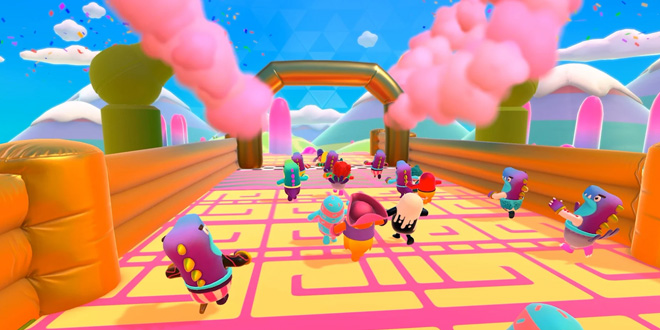
So for you, what differentiates an indie game from a third party game – when does an indie studio stop being indie?
Good question. Like when Fall Guys launched, it was an indie game, published by Devolver, the indie publisher. But as the game became successful, Mediatonic was acquired by Epic. Epic is a huge company, and it poured a lot more resources into Fall Guys, and Fall Guys got much bigger. So Fall Guys is probably not an indie game anymore. So that’s the line. Fall Guys at launch – indie game – Fall Guys today – not an indie game.
What tips would you give indie developers looking to work with PlayStation?
I also think a small independent developer should show their game to the public. I did a panel at PAX West a couple weeks ago and I was talking with people like TJ [Hughes] who’s making Nour: Play With Your Food and Jay [Yu] who is making the game Eternights, with dating game scenes and action role-playing scenes. Both of them have had the same kind of experience. They were posting their creations on the internet and someone who had the funds approached them saying “Can you make it into a game?”
They were not thinking of making commercial products, but because they were encouraged they thought “Uh, maybe we should do it?” In the case of Jay, he had a very stable job in one of the largest companies in the world, in smartphones … and he quit that job and became a game developer, because that’s what he wanted to do. So things like that happen. I always encourage indie devs to show their work, so they might find their fans or sometimes even investors. That said, we’d love to see the games in early stages. So if they have a chance to come talk to us, we’d like to see the game, and we might be able to help them to promote the title out in the world.

 MCV/DEVELOP News, events, research and jobs from the games industry
MCV/DEVELOP News, events, research and jobs from the games industry
